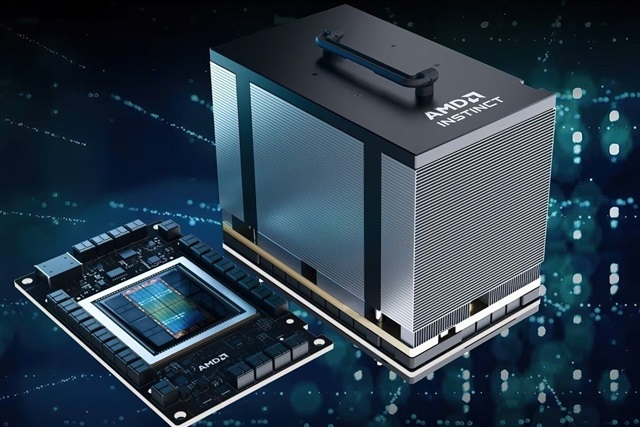China's AI Chip Market Transformation: How Easing Export Barriers Drives Rapid Growth

Accelerators Reshuffled: How Lifting Export Barriers Rewires China’s Market for AI Chips
Historic Turn as Export Barriers Drop
A major shift is underway in the world of artificial intelligence hardware as restrictions on exporting advanced computational accelerators into China are rolled back. Not long ago, American firms designing these specialized chips faced bans relating to national security concerns, which significantly constrained their business footprint across the region. Now, with the trade environment changing, an uptick in activity is already palpable: the combined market presence of two leading providers—who create the backbone of large AI systems—is set to approach nearly half of all units powering Chinese data centers. This turnaround is remarkable, especially considering that just three years earlier, one of these suppliers had seen its dominance nearly halved, falling from overwhelming majority control.
The story’s origins date back to earlier policy decisions shaping who could sell what to whom. Rules imposed by U.S. authorities in 2022 drew a bright line around performance—chips surpassing those set technical thresholds could not be shipped to China. In response, the creators engineered cut-down versions for the region, sacrificing raw computational muscle for legal compliance. Market data from analysts reveals that, had these barriers remained, the share of these foreign accelerators would likely have dwindled to just over two-fifths—a profound reduction from historical highs. This shifting balance highlights the influence of sudden regulatory changes and the agility required from firms operating under global scrutiny.
Market Share Volatility and Local Competition
Competitor landscape within China has undergone rapid transformation over the sanction period. As international options waned, domestic alternatives surged to meet surging demand for AI infrastructure. Companies like Huawei bolstered their technology stacks, capturing much of the void left behind. Despite this, the appetite for the latest models from leading international brands has not diminished. The newly permitted hardware—created with compliance in mind—promises to address pent-up local demand, particularly the anticipated H20 model, which has garnered attention for its next-generation architecture, albeit with deliberate performance constraints.
The potential implications for supply chains and software ecosystems are substantial. First, hardware buyers are expected to act quickly, eager to integrate established platforms proven within the global research and enterprise landscape. Imports of specialized computational solutions stand to rise sharply, setting the stage for a period of intense procurement and deployment as Chinese industrial and cloud providers seek to upgrade their fleets. Meanwhile, domestic chipmakers—despite their expanding expertise—are reported to remain a step behind in certain performance areas, underscoring both the stickiness of imported platforms and the technological challenges faced by homegrown competitors.
Underlying Demand, Technology Gaps, and Strategic Responses
The narrative’s most critical inflection point may be the intersection between pent-up demand and the gap in native capabilities. Even as local chip design houses accelerate efforts, expertise in building high-performance accelerators, coupling hardware with advanced software, and enabling rapid deployment at scale remains a challenge. For many customers—especially those requiring peak efficiency, broad compatibility, and massive scale—the value proposition of returning foreign brands remains strong. This is amplified by underlying software stacks, established developer tools, and global research partnerships.
While recent decisions may be viewed through a policy lens, their commercial and technological ramifications are immediate. Accelerated hardware adoption is likely to drive new waves of investment into cloud infrastructure and AI applications, while also spurring local vendors to innovate under the shadow of formidable competition. The competitive playing field will continue to hinge on maintaining regulatory compliance, adapting to unexpected policy swings, and ensuring continuous product evolution to stay ahead in a market renowned for rapid shifts and outsized demand.
As the landscape resets, the central challenge for all players will revolve around how to balance leading-edge innovation, supply chain reliability, and regulatory clarity. This recalibration in China’s computational landscape underscores the global stakes involved in AI leadership—and the powerful role technology policy continues to play in defining who gets to build the future.
